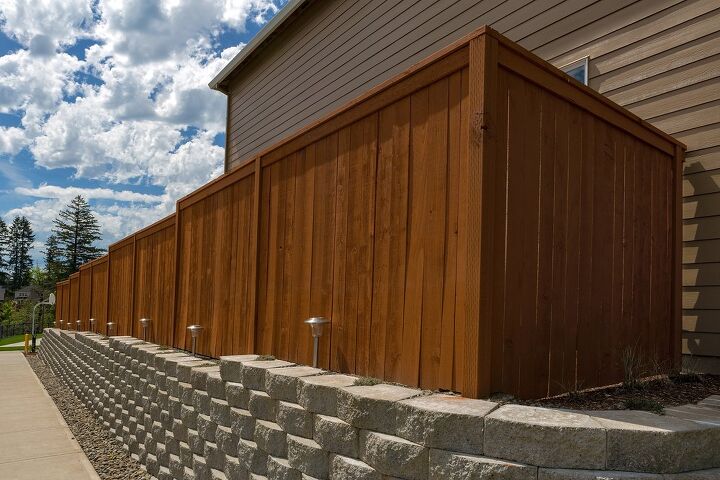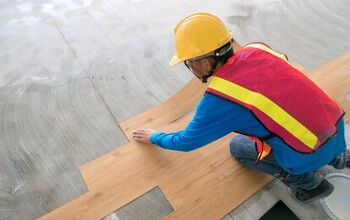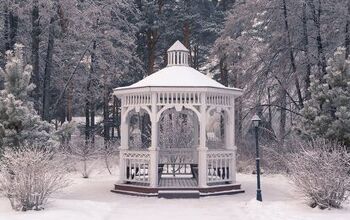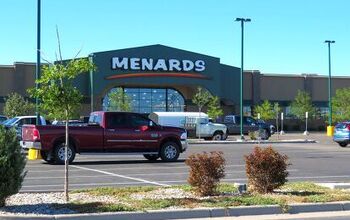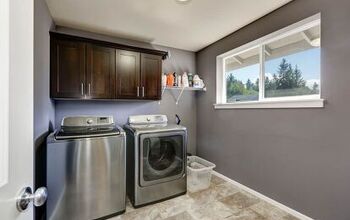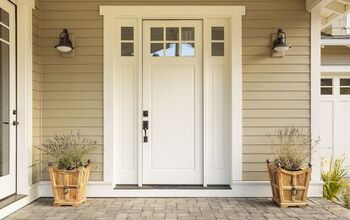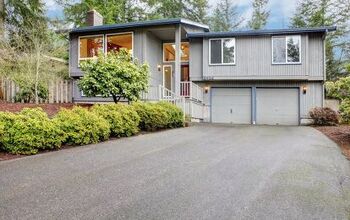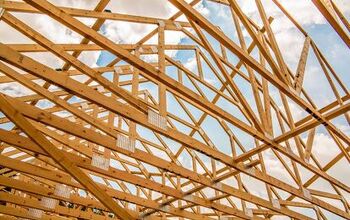Is Uphill Neighbor Responsible For A Retaining Wall? (Find Out Now!)

Retaining walls are built for different reasons. They may be built for landscaping purposes or perhaps for safety reasons. Some homeowners also want retaining walls to keep their property protected and to maintain their privacy.
There may be a retaining wall located above your home that has been there for a while. Recently, you’ve noticed that the retaining wall is not in good question and you’re concerned that it may give way soon. So, is your uphill neighbor responsible for that retaining wall or is it your problem?
The party responsible for the retaining wall is the one whose actions necessitated its creation. More often than not, the homeowner located downhill from the retaining wall is the one who is responsible for it. That’s because the work they had done on their property is typically the reason why the retaining wall was needed.
Homeowners need to know who is responsible for the retaining wall nearby. Learn more about that topic and other important matters related to retaining walls by reading on.
Do You Need Minor Grading or Resloping Services?
Get free, zero-commitment quotes from pro contractors near you.

Who Is Responsible for the Retaining Wall between Uphill and Downhill Neighbors?
Back when you bought your home, you may have observed that a retaining wall is located close to it. The wall is situated close to your home and another house uphill, but you didn’t pay that much attention to it. After all, it looked to be in good shape at the time.
Recently though, you may have noticed that the retaining wall is showing some signs of damage. Understandably, you’re worried about it potentially getting damaged further and possibly even collapsing.
You’ve come to the conclusion that it needs to be repaired as soon as possible. But who exactly should pay for those repairs? Is the retaining wall your responsibility or is it your neighbor’s?
In a scenario where the wall separates a home uphill and another downhill, the latter is often responsible for the structure. The reasoning behind that is because the homeowner living downhill is typically the one who wanted that kind of arrangement. They were probably the one who wanted the level yard. Because of that, they must now offer support for the property located uphill by maintaining the retaining wall.
Now, that doesn’t mean that the downhill neighbor is always responsible for the retaining wall. If it was the uphill neighbor who filled in their yard, then they are tasked with retaining wall maintenance.
It’s important to keep those things in mind so you don’t end up paying for something that isn’t your responsibility. You can also draw your neighbor’s attention to the issues with the retaining wall so they can take action.
Who Is Responsible for the Retaining Wall between Properties?
We’re done with assigning responsibility for retaining walls that separate uphill and downhill homes. For this section, let’s talk about a different scenario. If the retaining wall is built on the property line between two houses, who is deemed responsible for it? The answer to that question depends on a few factors.
First off, you have to determine if the retaining wall was legally built in the first place. As long as you and your neighbor agreed to build the wall, then the two of you will share responsibility. The cost of repairing it will be split between the two of you.
Maintenance responsibilities will also be divided. You’re responsibility for the portion of the wall on your property and they handle the portion on theirs.
However, if no agreement was reached and the wall was built anyway, then only one party is responsible for it. Whoever built the wall will pay for its repairs and maintenance on their own.
There’s also a chance that they will be ordered to remove the wall. They will have to pay for that on their own too.
Building a retaining wall on your own is never a good idea. Get your affected neighbors to sign off on it to ensure that you don’t run into legal troubles down the line.
Causes of Retaining Wall Damage
Retaining walls are strong and very durable. They are meant to be long-term fixtures near homes and even some roadways. Even so, they are not impervious to damage.
Listed below are the leading causes of retaining wall damage. Take note of them and see if they could be a potential issue for your property’s retaining wall.
Addition of a Heavy Load
Be very careful when you’re building on land supported by a retaining wall. The addition of too much weight can cause the wall to become unstable. All it takes is one poor building decision to compromise a wall that has stood firm for years.
You should consult with the professionals before adding anything heavy. Even something like a fountain can introduce a considerable amount of weight that the retaining wall struggles with.
Water Accumulation
Rain can be a potential issue for your retaining wall. To be more specific, the effect that rain can have on the soil behind the retaining wall is a potential problem.
If the soil gets wet enough, it starts to place added pressure on the wall. Over time, all that pressure can wear down the retaining wall and trigger a collapse. The collapse could also be more sudden. It could take place during especially heavy rains in your area.
Make it a point to install fixtures that can facilitate the efficient draining of the soil. Add pipes or weep holes if they can be helpful. The soil you’re using can also make a difference so choose wisely.
Poor Design/Installation
The problems with your retaining wall could show up right away. They may be evident as soon as the wall is built. The fact that it looked so unstable early on is probably not a good thing.
Retaining walls have to be designed and installed carefully because they shoulder a lot of weight. Some homeowners don’t like enlisting the help of professionals when building at home, but this isn’t the time for that.
You need professionals to come up with a solid design for the retaining wall and you need them to execute it. Paying for professional work may not be your first choice, but that beats ending up with a low-quality retaining wall.
Wear and Tear
Lastly, retaining walls may start to give way simply because they’ve gotten too worn down. Wear and tear affects just about everything on your property and the retaining wall is no exception.
In all likelihood though, wear and tear is not something you’ll have to worry about for a long time. Retaining walls that are cared for properly can last for up to 100 years.
Do You Need Minor Grading or Resloping Services?
Get free, zero-commitment quotes from pro contractors near you.

Related Questions
What Signs Do You Need to Watch for if You Have a Retaining Wall?
Close monitoring of your retaining wall is often unnecessary, but you should check it from to time. There are some key things to watch for as they could be hinting that your retaining wall is in bad shape.The most obvious signs of troubles are cracks. Cracks that appear anywhere on the wall should not be ignored. Even if they don’t seem to be a problem at the moment, they can still grow.You should also check if there are any portions of the wall that are sticking out. Bulging is an indicator that there may be excess pressure behind that spot. You need to take care of that.Also check the alignment of the retaining wall. If it took on more weight recently, there’s a possibility that it moved a bit. You will want to get its foundation checked if it has seemingly moved.
What Materials Are Used to Build Retaining Walls?
Different kinds of materials can be used to build retaining walls. You can go with wooden planks, or even logs.Stone is another popular material of choice for building retaining walls. Take advantage of how the stones look to create a more beautiful wall. Bricks and concrete can also be used. Go with those materials if you want a strong and even retaining wall.

Gary Evans is passionate about home improvement. He loves finding out how to make improvements in the easiest, most practical, and most affordable ways. Upgrading his home kitchen is one of his ongoing hobbies. Gary is also a long-time content creator and enjoys spending his free time tending to his hydroponic vegetable garden.
More by Gary Evans



